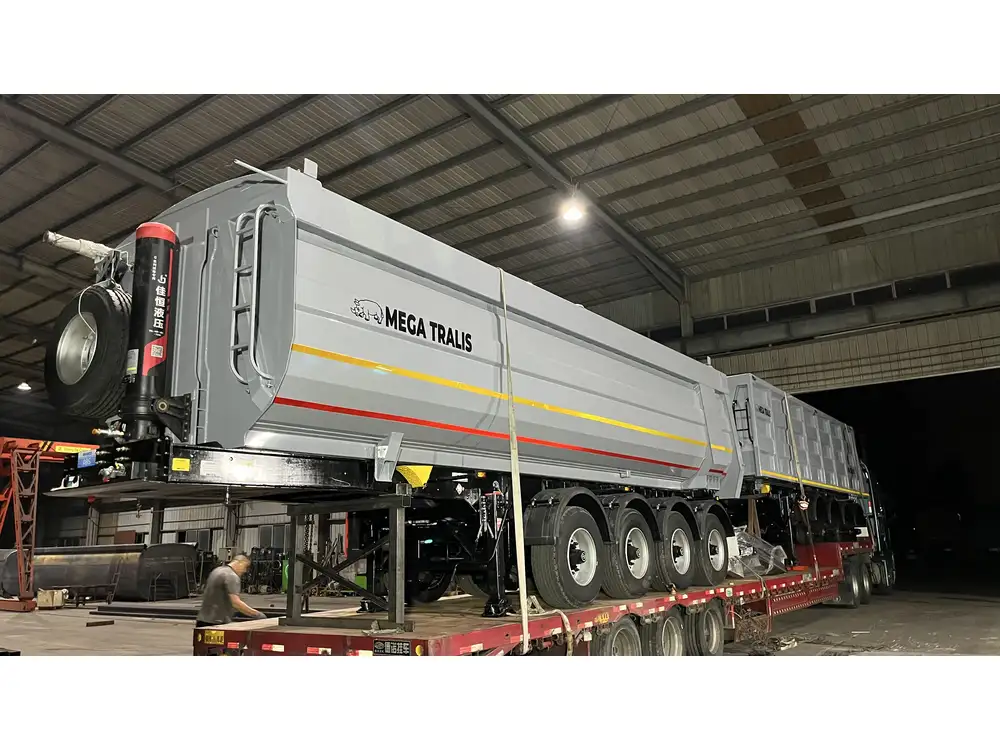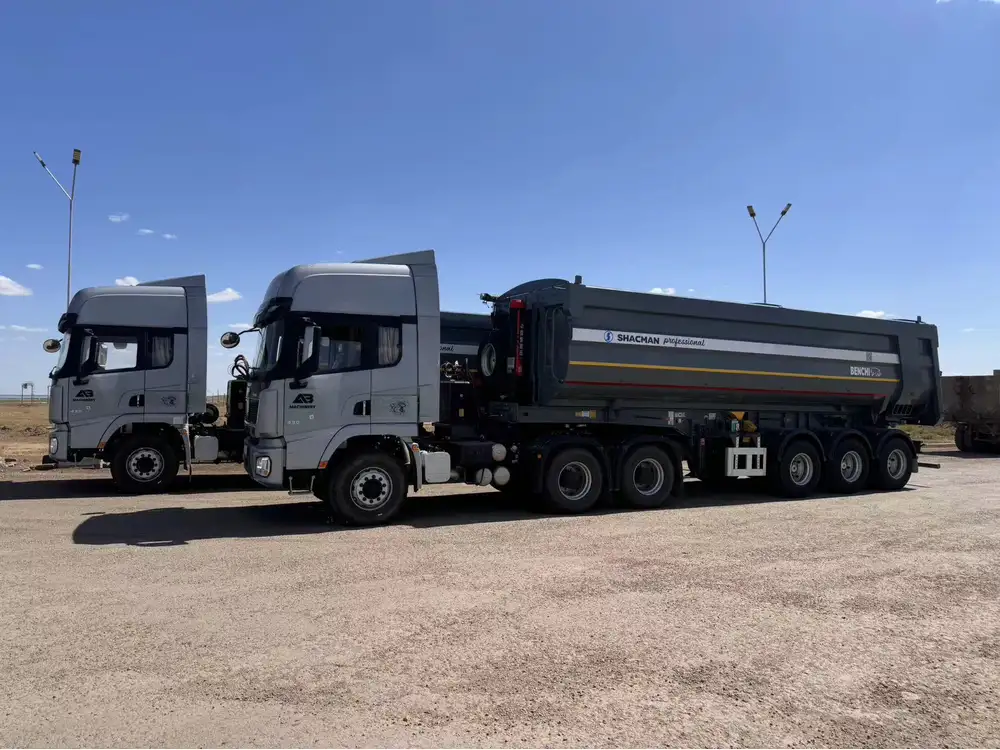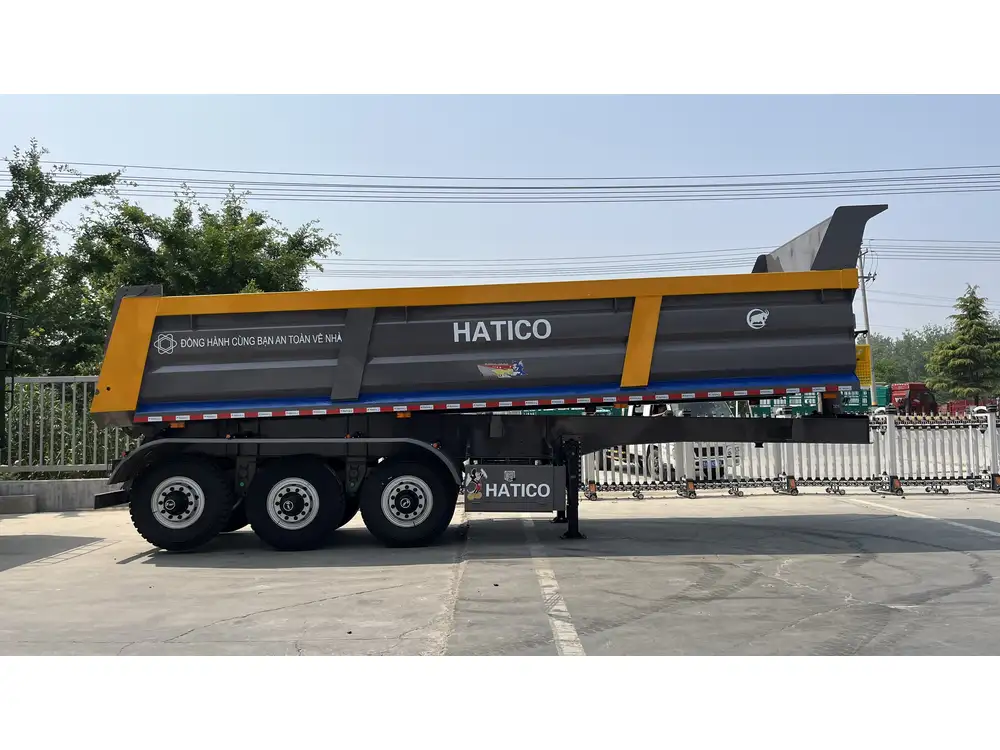Measuring axles on semi-tractors and trailers is a critical process that ensures the safety, performance, and compliance of your hauling equipment. Whether you are a fleet manager or an owner-operator, understanding the correct techniques and processes here will help maximize efficiency and uphold regulatory standards. In this guide, we will walk you through the essential steps and considerations involved in accurately measuring axles, empowering you to make informed decisions about maintenance and upgrades.
Understanding the Basics of Axle Measurements
Before diving into the specifics, it’s vital to grasp the fundamental concepts surrounding axle measurements. Here are some essential terms and definitions that will enhance comprehension as we proceed:
| Term | Definition |
|---|---|
| Axle | A central shaft for rotating wheels or gears, especially in a vehicle. |
| Track Width | The distance between the centerlines of the left and right wheels on the same axle. |
| Wheelbase | The distance between the front and rear axles of a vehicle. |
| Payload Capacity | The maximum weight that a truck can carry, including the weight of the trailer and cargo. |
| Kingpin to Rear Axle | The distance measured from the kingpin (the connecting point to the trailer) to the rear axle of the trailer. |
Understanding these terms lays the foundation for the subsequent steps involved in the measuring process.
Tools Required for Accurate Axle Measurement
A precise measurement demands the right tools. Ensure you have the following items on hand:
- Tape Measure: A long, sturdy measuring tape is essential for measuring distances accurately. Preferably 25 feet or longer.
- Level: A bubble level will help you determine if the vehicle is on flat ground before you begin taking measurements.
- Chalk or Marker: To mark points of measurement, ensuring clarity and accuracy.
- Notebook or Digital Device: For record-keeping and calculations.
- Calipers: For precise measurements, especially useful when measuring small distances like the diameter of the axle shaft.

Step-By-Step Guide to Measuring Axles
The following section outlines the step-by-step process of measuring axles on both semi-tractors and trailers.
Step 1: Preparing the Vehicle
- Park on Level Ground: Ensure the vehicle is parked on a flat, stable surface. Use wheel chocks to prevent movement.
- Check Tire Pressure: Before measuring, confirm that all tires are inflated to the manufacturer’s specifications. Incorrect tire pressure can lead to inaccurate measurements.
Step 2: Measure the Wheelbase
- Locate Axles: Identify the front axle of the semi-tractor and the rear axle of the trailer.
- Use Measuring Tape: Extend the measuring tape from the centerline of the front axle to the centerline of the rear axle.
- Record Measurement: Note this measurement as the wheelbase. This dimension is critical as it affects stability and turning ratios.

Step 3: Measure Track Width
- Identify Wheel Centers: Determine the center of each wheel on the same axle.
- Measure Across: Use your measuring tape to measure from the center of one wheel to the center of the opposite wheel.
- Double-check: Repeat the measurement on the other axle for consistency and record the results.
Step 4: Measure Kingpin to Axle Distances
- Find the Kingpin: The kingpin is located at the front of the trailer where it connects to the tractor.
- Measure to Rear Axle: Extend the measuring tape from the kingpin to the center of the rear axle.
- Repeat for Front Axle: If necessary, repeat this process for any additional axles for comprehensive documentation.
Step 5: Measure Axle Widths
- Identify Axle Ends: Locate the ends of the axle on both sides.
- Measure Across: Extend your measuring tape across the width of the axle, marking the distance.
- Record Final Widths: Document each width measurement for future reference.

Understanding Load Distribution and Its Importance
An often overlooked aspect of axle measurements is the distribution of load. Uneven load distribution can lead to premature wear of tires and axles and compromise the safety of the transport. To ensure optimal performance:
- Adjust Load as Needed: Balance cargo within the trailer, placing heavier items near the axles.
- Conduct Regular Checks: Periodically recheck axle measurements and load balance, especially after significant cargo changes.
Tips for Accurate Measurements
To ensure the utmost accuracy during your measuring process, consider the following tips:
- Double-Check: Always take at least two measurements and average them to account for human error.
- Document Conditions: Note the environmental conditions (e.g., temperature, ground leveling) that may impact your measurements.
- Use Consistent Units: Keep all measurements in the same units (metres, feet), as mixing them can lead to math errors.
Common Issues and Solutions in Axle Measurement
Sometimes you may encounter issues during the measuring process. Below are some common challenges and their potential solutions:
| Challenge | Solution |
|---|---|
| Inaccurate Measurements | Ensure the measuring device is straight and not obstructed by other elements of the vehicle. |
| Uneven Load | Adjust the load in the trailer to achieve balance and review the measurements again. |
| Inoperative Equipment | Regularly maintain and inspect measuring tools to prevent any inaccuracies due to equipment failure. |

Conclusion
In the trucking and transportation sectors, precise axle measurement not only promotes safety but ensures compliance with industry regulations. By following the previously outlined steps, utilizing the proper tools, and understanding the basics of axle systems, you can effectively measure your semi-trailer and tractor axles.
Taking these measurements seriously can significantly improve the lifespan of your vehicle, reduce operating costs, and enhance overall safety. As you implement these practices, keep abreast of evolving regulations and technologies that may impact your measurements and operations.
Further Reading: Staying Informed About Axle Maintenance
In addition to measuring axles, it’s vital to stay informed about best practices and innovations within the industry. Consider exploring topics such as:
- Regular Maintenance Schedules: Create a plan for routine inspections and adjustments based on your measurements.
- Technological Advances: Investigate new tools and digital solutions that aid in axle measurement and vehicle diagnostics.
- Regulatory Changes: Stay updated on changes in transportation law that could affect load capacities and safety requirements.
By proactively managing your axle measurements and engaging with broader topics related to maintenance and regulations, you position yourself for success in a competitive industry.



